Sneddon's problem
In the limit of extremely low rock permeability and fluid viscosity, that is when the leak-off is neglected, and pressure equilibrium is attained in the fractures at all time, it is possible to neglect the fluid flow entirely.
From the mechanical standpoint, what remains to do is to modify the phase–field fracture energy to account for fluid pressure along the crack lips. This can be done rigorously by leveraging the convergence analysis of (Chambolle, 2004) to notice that the work of a given pressure field (p)acting along a fracture set represented by a phase–field function \(\alpha\) is
\[\int_\Gamma p(x)(u^+(x)-u^-(x))\cdot \nu_\Gamma \, dS \simeq \int_\Omega p(x) u \cdot \nabla \alpha \, dx.\]Using this result, it is possible to study hydraulic crack propagation in an impermeable medium under prescribed injected fluid constraint (Bourdin, Chukwudozie, & Yoshioka, 2012), (Bourdin, Chukwudozie, & Yoshioka, 2013), and compare numerical simulations with exact solutions derived from (Sneddon & Lowengrub, 1969).


When in-situ stresses are applied, numerical simulations reveal that the “classical” solutions consisting of a single planar crack propagating symmetrically in the direction perpendicular to the least in-situ stress may be unstable, and that asymmetric propagation my be preferable
Hydraulic stimulation of a single planar hydraulic crack in an infinite homogeneous isotropic impermeable reservoir subject to insitu stresses. Asymmetric solutions are energetically preferred over symmetric ones
Loss of symmetry can also be observed in the context of multiple parallel cracks propagating near each others (“multi-frack”), as observed by Erwan Tanné in his MS thesis.

Loss of symmetry of two stimulated cracks as a function of the initial spacing
References
- Chambolle, A. (2004). An approximation result for special functions with bounded variations. J. Math Pures Appl., 83, 929–954. DOI:10.1016/j.matpur.2004.02.004
- Bourdin, B., Chukwudozie, C., & Yoshioka, K. (2012). A Variational Approach to the Numerical Simulation of Hydraulic Fracturing. In Proceedings of the 2012 SPE Annual Technical Conference and Exhibition (Vol. SPE 159154). DOI:10.2118/159154-MS Download
- Bourdin, B., Chukwudozie, C., & Yoshioka, K. (2013). A Variational Approach To The Modeling And Numerical Simulation Of Hydraulic Fracturing Under In-Situ Stresses. In Proceedings of the 38th Workshop on Geothermal Reservoir Engineering Stanford University, Stanford, CA. Download
- Sneddon, I. N., & Lowengrub, M. (1969). Crack problems in the classical theory of elasticity. John Wiley & Sons.
RESEARCH
reservoirengineering
